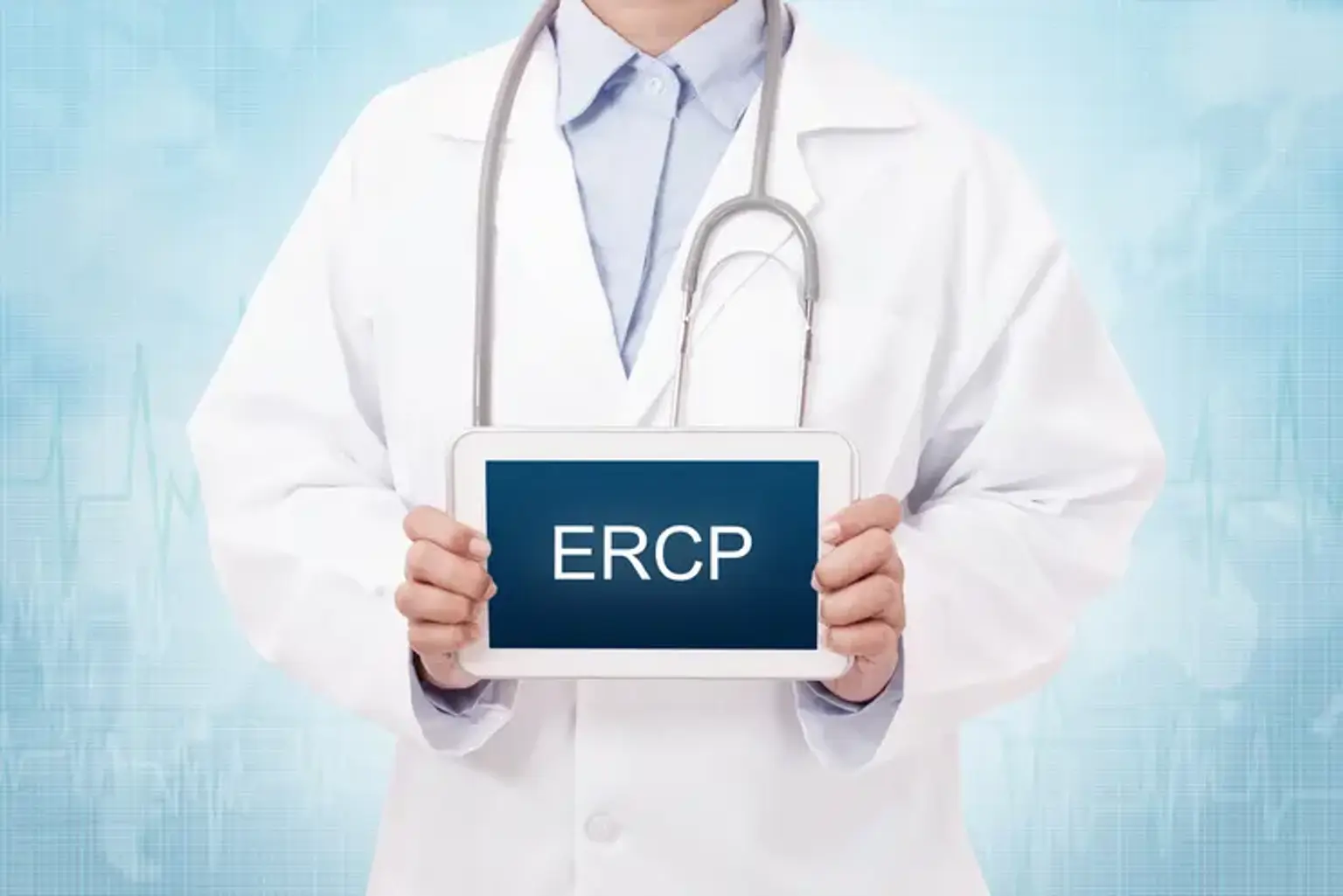Endoscopic Retrograde Cholangiopancreatography (ERCP)
Overview
Endoscopic retrograde cholangiopancreatography (ERCP) is a combined endoscopic and fluoroscopic operation in which an endoscope is advanced into the duodenum's second section, allowing additional instruments to be inserted into the biliary and pancreatic channels via the main duodenal papilla. Contrast material can be injected into these ducts, allowing for radiologic imaging and, if necessary, therapeutic intervention. ERCP began as a diagnostic operation involving cannulation of the pancreatic and biliary ducts, but it has changed over time and is now mostly utilized as a therapeutic technique.
